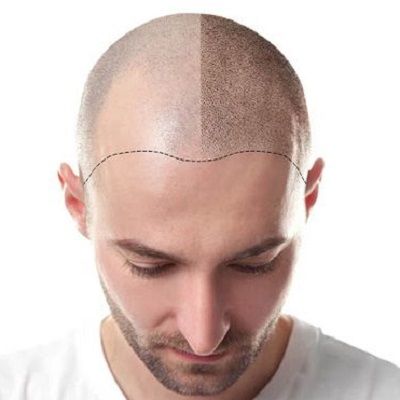Introduction
Hair loss is a common concern affecting millions of people worldwide. It can be triggered by a range of factors including genetics, hormonal changes, and aging. Among the various solutions available, hair transplants have emerged as a popular and effective method for restoring hairline and enhancing hair density. This article delves into how hair transplants work, their benefits, and what makes them a viable option for individuals seeking to improve their hairline and hair density.

Process
1. Consultation and Assessment
The journey begins with a consultation with a qualified hair restoration specialist. During this phase, the specialist assesses the patient's hair loss pattern, scalp condition, and overall health. This evaluation helps determine the most suitable type of hair transplant and the expected outcomes.
2. Preparation
Once the treatment plan is established, the patient undergoes pre-operative preparations. This may include blood tests to ensure they are suitable candidates for the procedure and instructions on how to prepare for surgery.
3. Harvesting
There are two main techniques for harvesting hair follicles:
- Follicular Unit Transplantation (FUT): Also known as strip harvesting, this method involves removing a strip of scalp from the donor area, usually the back of the head, and dissecting it into individual follicular units.
- Follicular Unit Extraction (FUE): In this method, individual hair follicles are extracted directly from the scalp using a specialized punch tool. FUE is less invasive compared to FUT and does not leave a linear scar.
4. Implantation
After harvesting, the hair follicles are meticulously implanted into the thinning or balding areas of the scalp. The specialist creates tiny incisions in the recipient area and places the follicles in a natural direction to mimic the patient’s original hair growth pattern.
5. Post-Operative Care
Post-operative care is crucial for optimal results. Patients receive detailed instructions on how to care for their scalp, including guidelines on washing, avoiding certain activities, and managing any discomfort. Follow-up visits with the specialist ensure that the healing process is progressing as expected.
Benefits
1. Natural-Looking Results
One of the primary benefits of hair transplants is the natural appearance of the results. Because the transplanted hair follicles are taken from the patient's own scalp, they blend seamlessly with existing hair, providing a natural and aesthetically pleasing outcome.
2. Permanent Solution
Hair transplants offer a long-term solution to hair loss. Once the transplanted hair follicles establish themselves in the new area, they continue to grow as they would in their original location, providing a permanent improvement in hair density and coverage.
3. Minimal Scarring
Modern hair transplant techniques, especially FUE, involve minimal scarring. The small, punch-like incisions used in FUE heal quickly and are less noticeable compared to the linear scars associated with FUT.
4. Improved Hair Density
Hair transplants can significantly enhance hair density in thinning or balding areas. By redistributing healthy hair follicles, the procedure can create a fuller and more robust hairline.
5. Boost in Self-Confidence
Addressing hair loss can have a profound impact on self-esteem and confidence. Patients often report improved self-image and greater satisfaction with their appearance after successful hair transplant procedures.
Characteristics
1. Personalization
Hair transplant procedures are highly personalized. The choice of technique, the design of the hairline, and the number of grafts needed are tailored to each patient’s unique needs and goals.
2. Scalp Health
The success of a hair transplant largely depends on the health of the patient’s scalp. A thorough assessment ensures that the donor and recipient areas are suitable for transplantation.
3. Technological Advancements
Advances in technology have significantly improved the effectiveness of hair transplants. Techniques such as robotic-assisted FUE and advanced grafting methods enhance precision and outcomes.
4. Recovery Time
Recovery time can vary, but most patients experience minimal downtime. Initial swelling and discomfort typically subside within a week, and normal activities can usually be resumed shortly after the procedure.
Conclusion
Hair transplants offer a promising solution for individuals seeking to restore their hairline and enhance hair density. Through advanced techniques and careful planning, hair restoration specialists can achieve natural-looking, permanent results that significantly improve both appearance and self-confidence. By understanding the process, benefits, and characteristics of hair transplants, individuals can make informed decisions about addressing their hair loss and achieving their desired outcomes.
